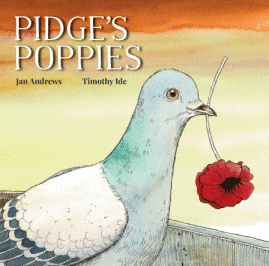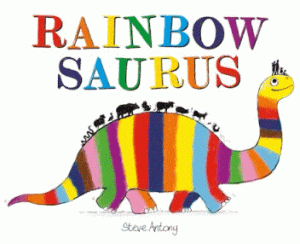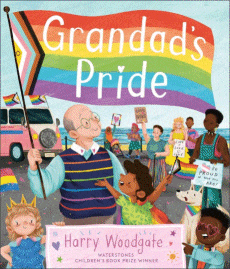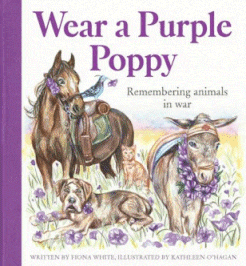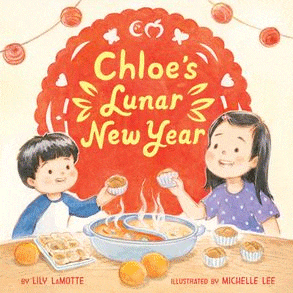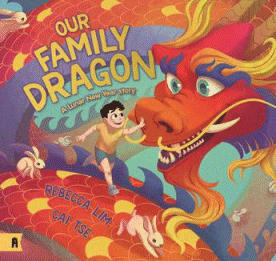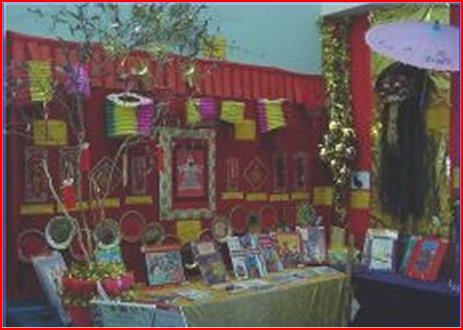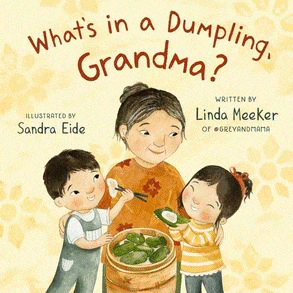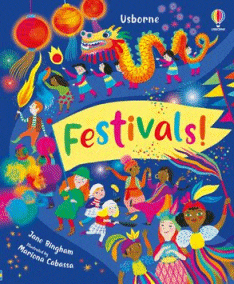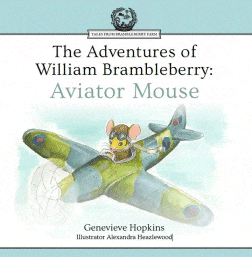
The Adventures of William Brambleberry: Aviator Mouse
The Adventures of William Brambleberry: Aviator Mouse
Genevieve Hopkins
Alexandra Heazlewood
The Military Shop,, 2017
32pp., hbk., RRP $A29.99
9780648153221
As war rages above the skies of the Cornish town of Perranporth, a little mouse watches the Spitfires of the RAAF Squadron 453 fly overhead and dares to dream… “One day I’ll be the bravest, most adventurous aviator mouse in all the world.”
The other mice laughed at him and told him he was too small to fly planes, but William had faith and one day, instead of just looking at them, he took the first step in making his dream come true – a step that had the most remarkable consequences.
Based on thorough research and including actual air and ground crew characters at the time, this is not only a story to encourage young readers to work towards making their dreams reality, but it will also appeal to those with an interest in military aviation and Spitfires in particular. Diagrams and accurate illustrations add authentic information and there is also the most adorable soft toy available. It is the first of three proposed stories so young readers can look forward to learning more as they read more.

With the commemoration of ANZAC Day on April 25, this is something different to add to that collection of Australia’s military history to appeal to those looking for a new avenue to explore, particularly families whose families may have served either in the squadron itself, or in the RAAF generally as something other than stories featuring ground troops.
The book is available from the Military Shop and similar outlets as well as selected Australia Post shops, so an internet search would be the best way to identify your best supplier.
